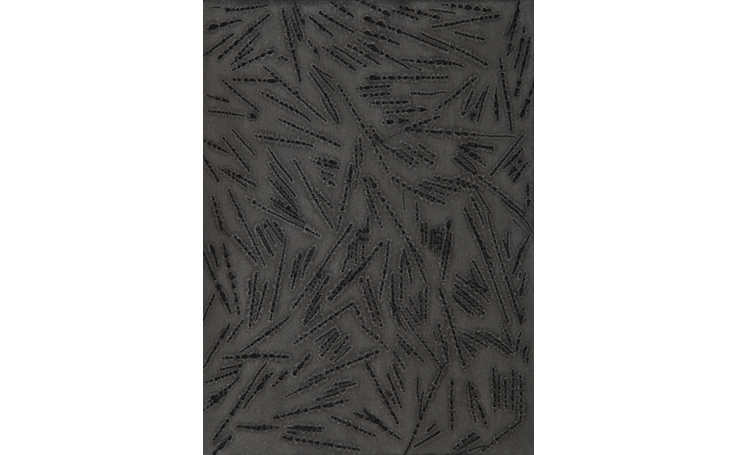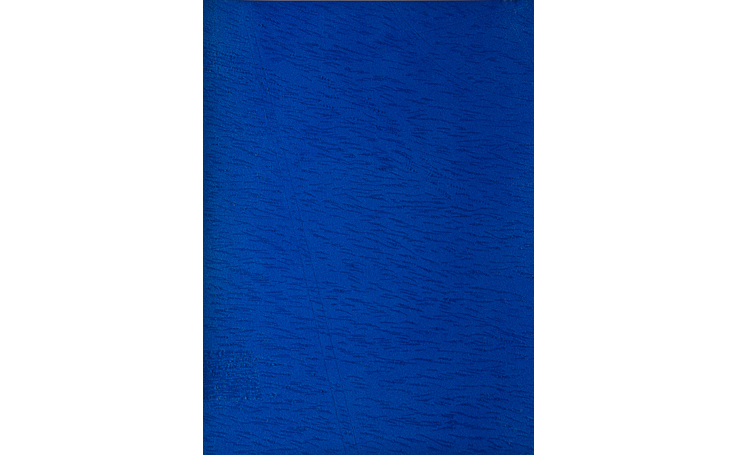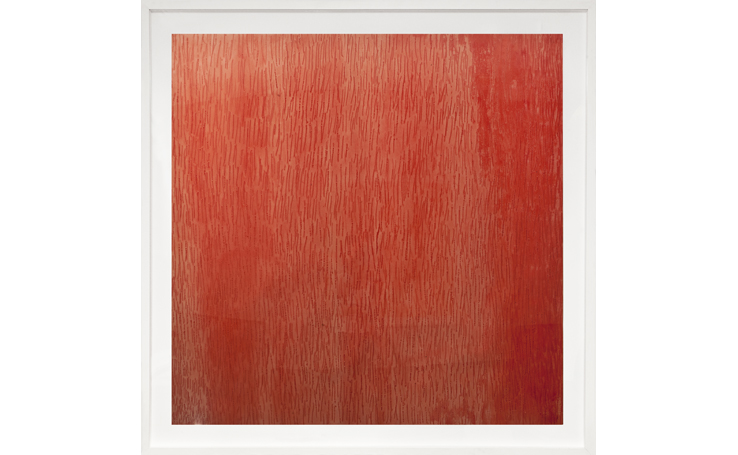
Mohammed Kazem was born in Dubai in 1969. He carries a degree in painting from the Emirates Fine Art Society in Sharjah (1987), and a Masters in Fine Arts from The University of the Arts in Philadelphia, USA (2012). From 1999 until 2009, he taught painting at the Dubai Art Atelier in Youth Theater for Arts. In 2007, he became a member of the Emirates Foundation’s Panel, Grant Program for Art. He was the curator of the 2007 Sharjah Biennial, and Dubai’s non-profit institution, The Flying House, from 2007 until 2011, during which time he also curated exhibitions in Spain, Switzerland and the UAE.
Kazem’s works have been selected for international biennials and exhibitions for over two decades, including every Sharjah Biennial from 1993 until 2005, the 2009 Venice Biennale, the Vitra Design Museum in Germany’s 2008 “Next Dubai” exhibition, the 2007 Tashkent Biennial, the 2006 Singapore Biennale, the 2005 “Languages of the Desert” exhibition at the Kunstmuseum Bonn, the 2002 Dhaka Biennial, the “5 UAE” exhibition in 2002 at Germany’s Ludwig Forum for International Art, the 2000 Havana Biennial, “The Contemporary Arts of the Arab World” exhibition in 2000 at the Shoman Foundation, Darat Al Funun in Jordan, the 1998 Cairo Biennial, the Institut du Monde Arabe’s 1998 exhibition, “UAE Contemporary Art,” the 1995 “Emirates Arts” exhibition in Holland’s Sittard Art Center, Moscow’s 1990 “Exhibition of the Emirates Fine Art Society in the Soviet Union,” and the 1990 Muscat Youth Biennial.
Mohammed Kazem was the artist in residence in India’s Bodh Gaya in Bihar, (2011), at The University of the Arts in Philadelphia (2010) and at the Kunstsammlungen in Chemnitz, Germany (2008). His work is in prominent public and private collections, including Qatar’s Arab Museum of Modern Art, the Sharjah Art Museum, the Barjeel Art Foundation, the Sittard Art Center, the JP Morgan Chase Collection and the Deutsche Bank Collection.
Scratches - Curatorial Statement
“I want to make the sound visible,” states Mohammed Kazem, whose “Scratches” series translates musical forms into the language of visual art. It is no surprise to learn that the artist’s self-taught musical inclinations preceded his work as a contemporary artist, as his Scratches resemble the forms of minimalist music in many ways, relying on reductive elements in repeating formats. “What corresponds to the abandonment of the appearance of natural form in painting is the abandonment of melody in contemporary music.”
The Scratches are the visualization of a composition, not in the esoteric manner of a musical score, rather in a more fundamental and visceral expression. Although the works appear similar, each is in fact a distinct composition and reading the music is entirely subject to the viewer’s interpretation. A cursory glance at each work in its entirety reveals a variation in sequences and coda-like return to previous arrangements. The dipping and rising of lines could suggest a change in key, and the thickness and length of lines may signify accentuation, volume, even longer or shorter note values. Dots punctuating the works lend themselves to be read in staccato, longer distances between the lines as rests, or perhaps a deceleration in tempo.
The Scratches began during Kazem’s time as a painter in the 1980’s, allowing him to go beyond the physical limits of the medium. Some of the Scratches are white, while others are executed in charcoal, pastel, ink and watercolor, with color introducing another dimension to the works. The texture of the scratched paper absorbs the color, suggesting the presence of two colors, shades or tones. “The illusion created by the color alludes to, evokes the vibration of the sound; it has a musical quality.”
On the other hand, the relatively obscured markings of the white Scratches draw the viewer in closer, inviting a more intimate experience. Some of the white works, created in Chemnitz, Germany, allow the artist to translate the sounds of the city, “to see the voices of the shadows and the lights, and integrate them with the shadows and lights on the paper.” Movement, implied in the contrast between light and dark, varies according to the light illuminating the works. Softer natural light adds a sense of timelessness and infinity, whereas artificial light augments the chiaroscuro effect, fixing the movement.
Mohammed Kazem’s Scratches, visually reminiscent of a music box’s cylinder, flawlessly achieve the artist’s gargantuan intention of bridging the complex sensorial divide, and making the invisible visible.















1.jpg)



1.jpg)

